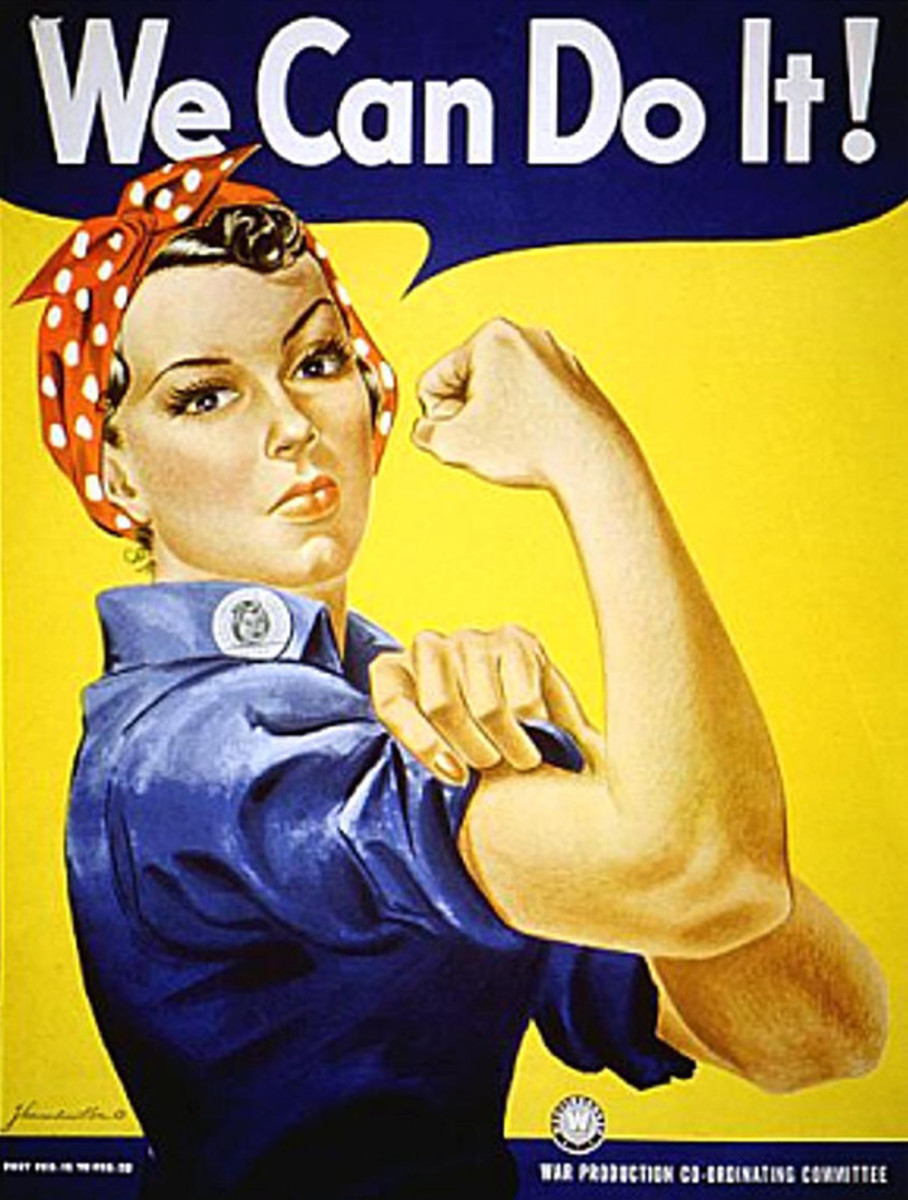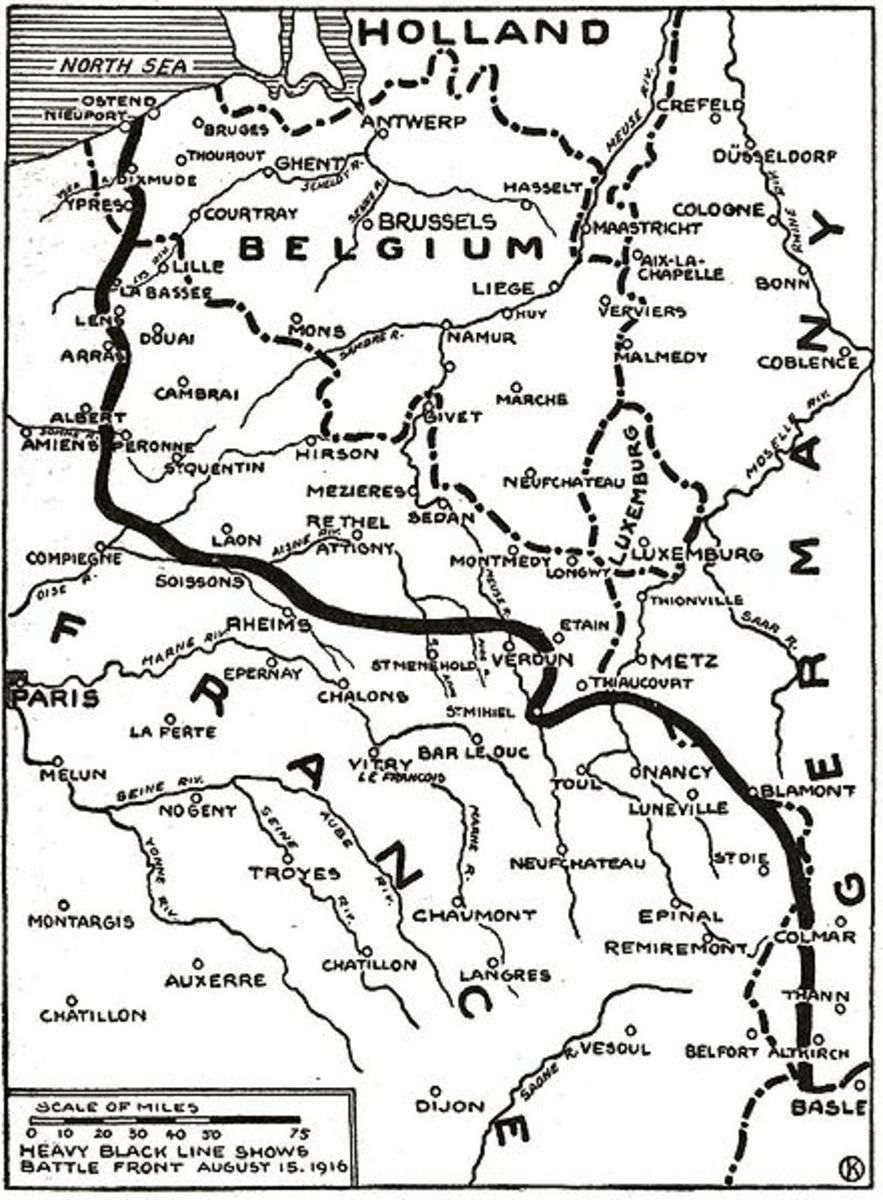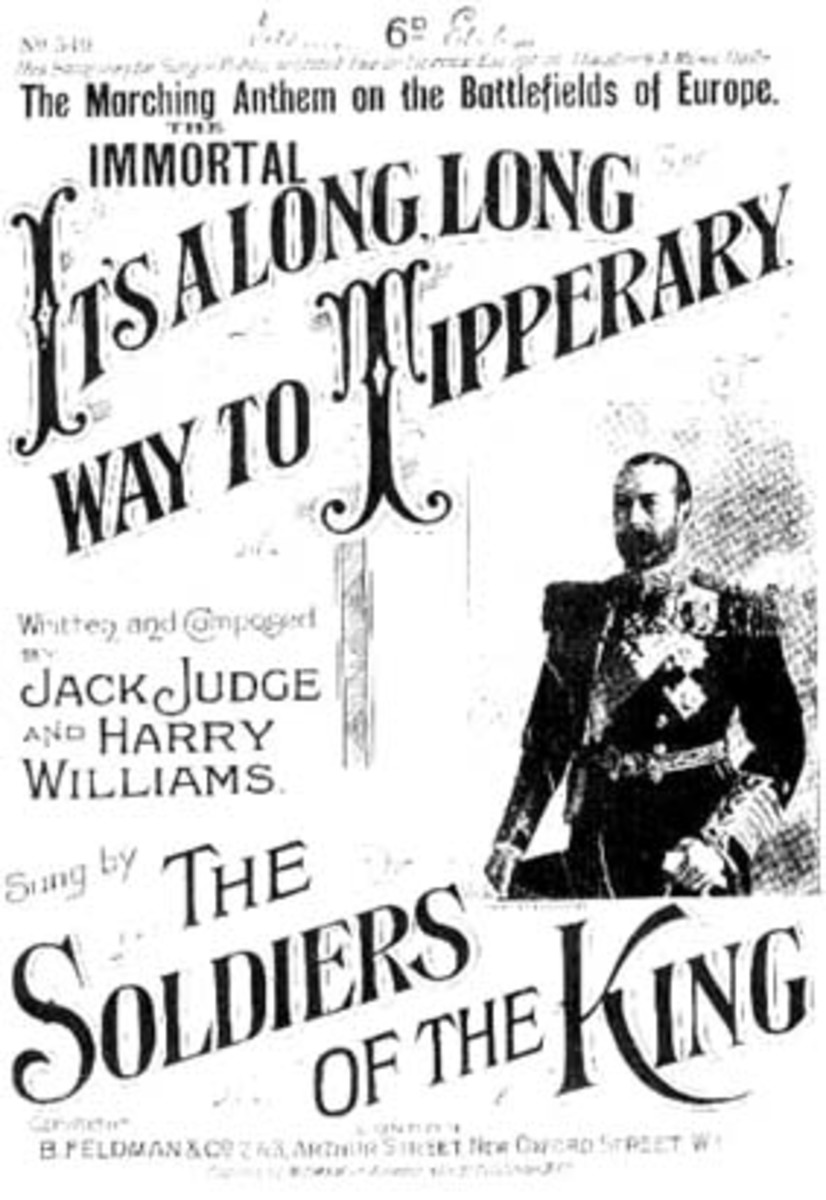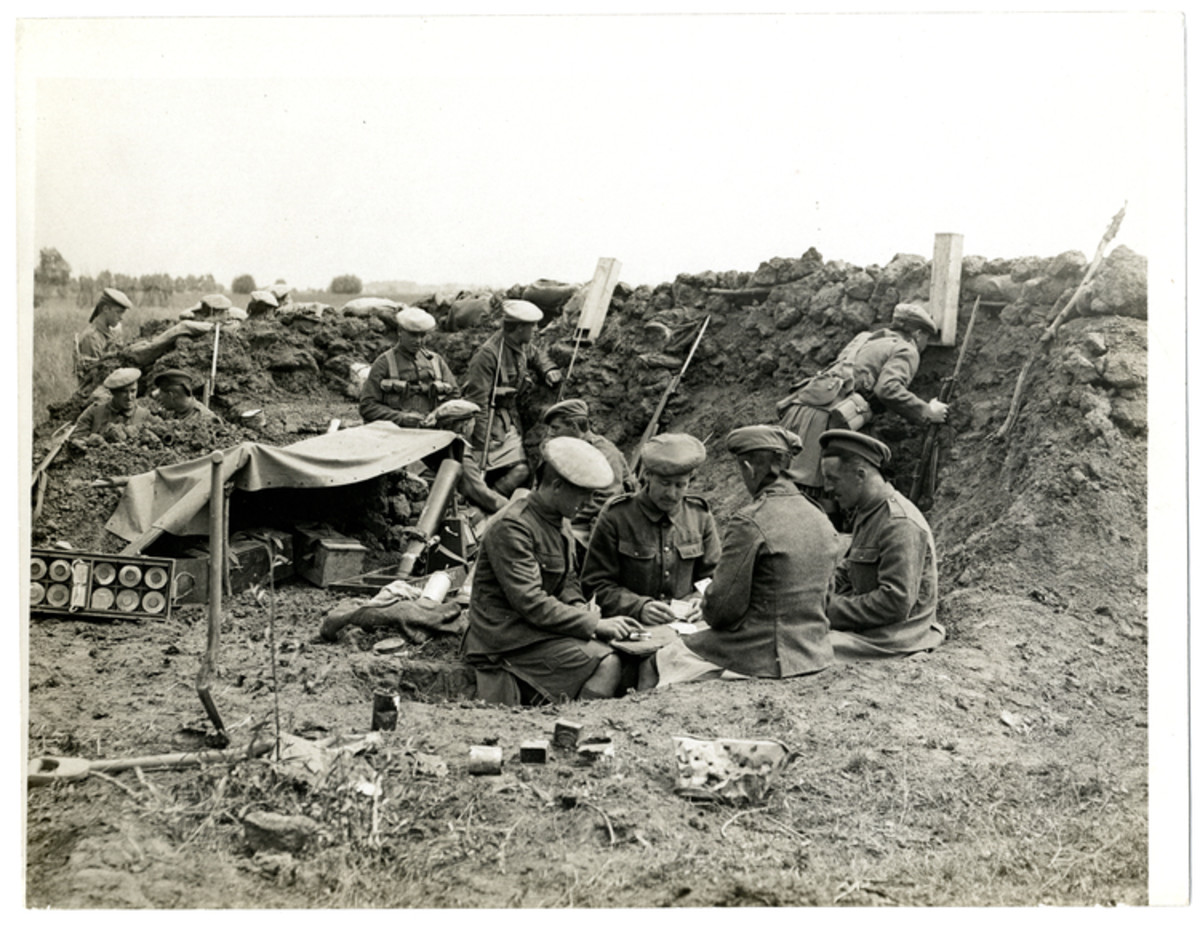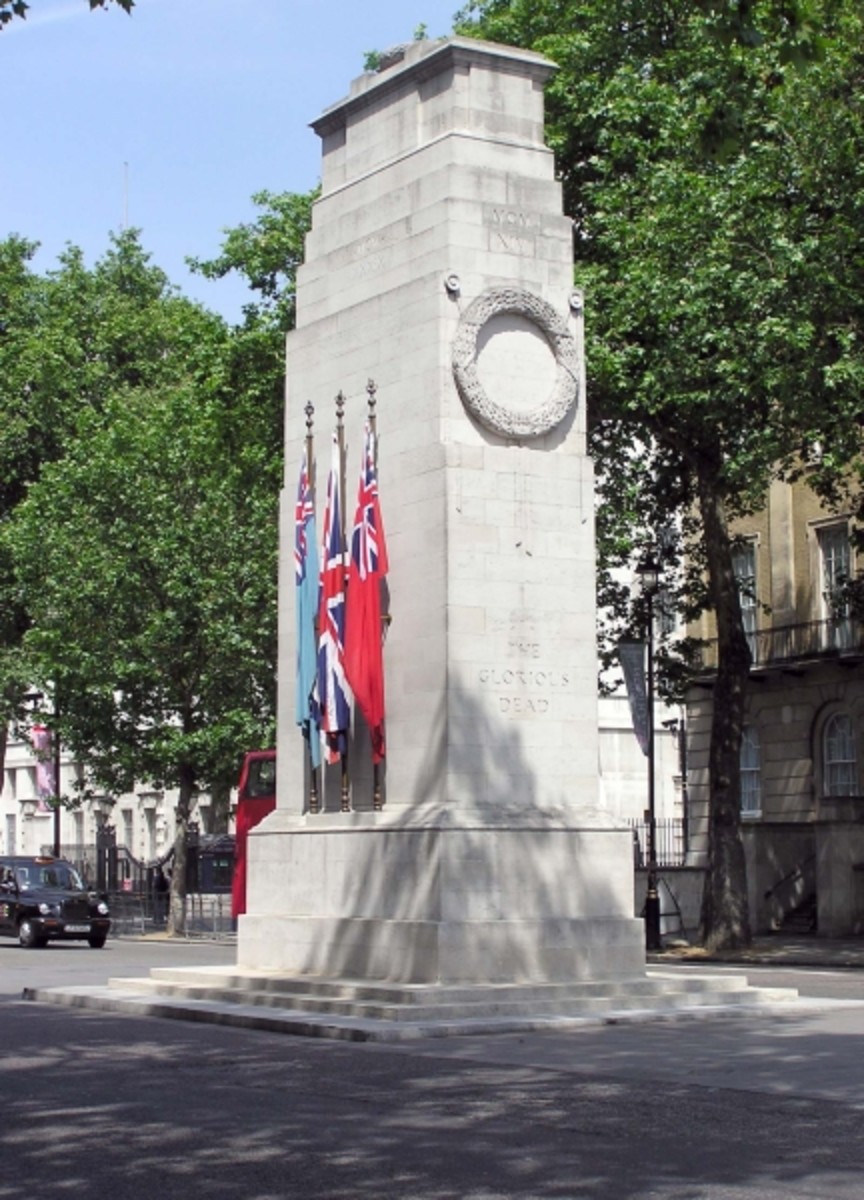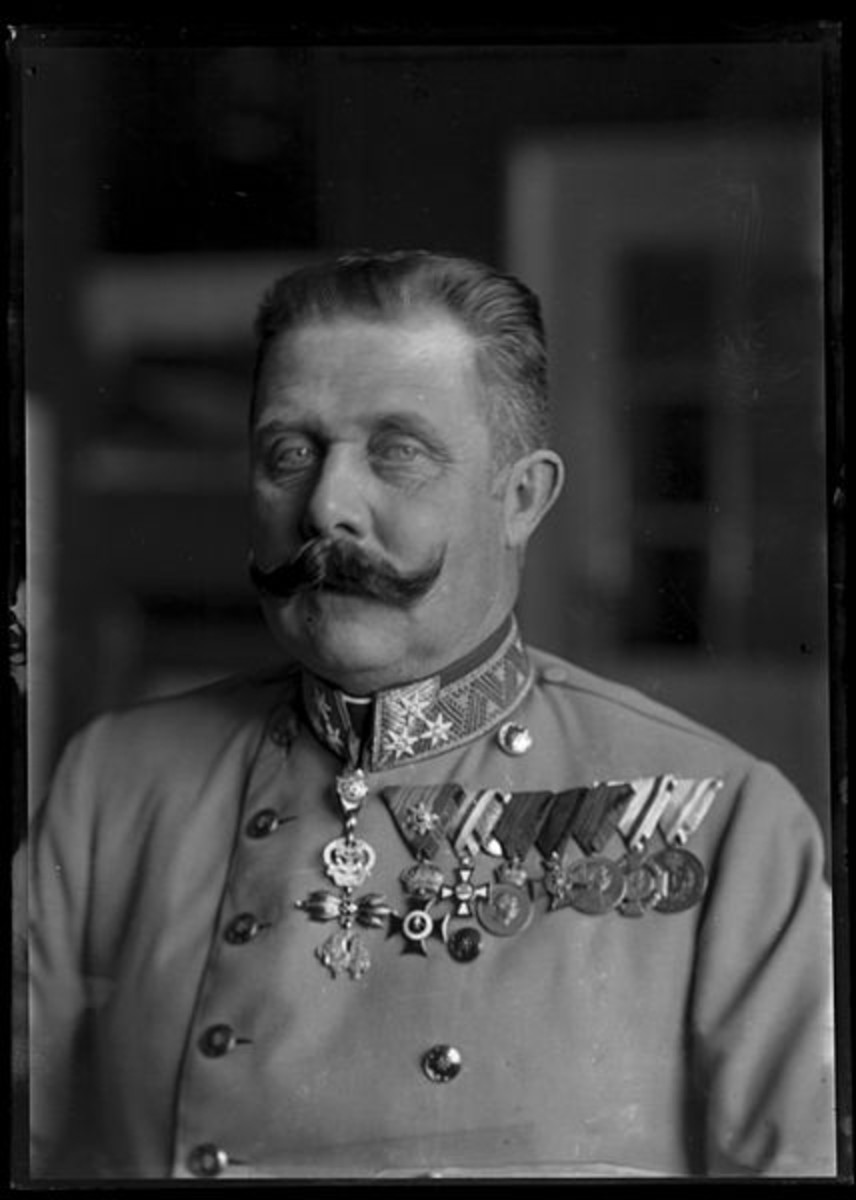- HubPages»
- Education and Science»
- History & Archaeology»
- History of the Modern Era»
- Twentieth Century History
World One War: 'Yellow Canaries'
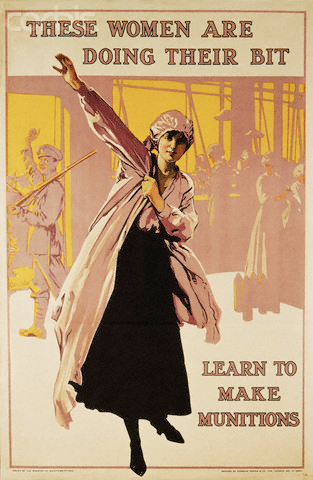
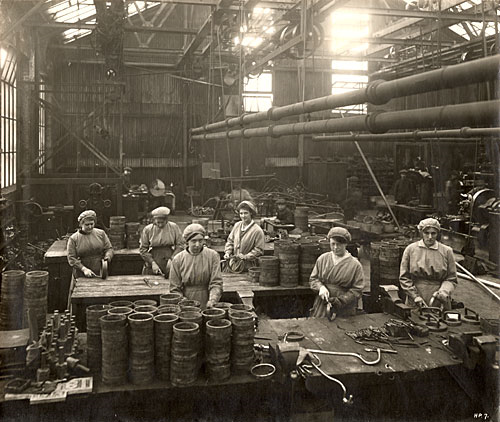
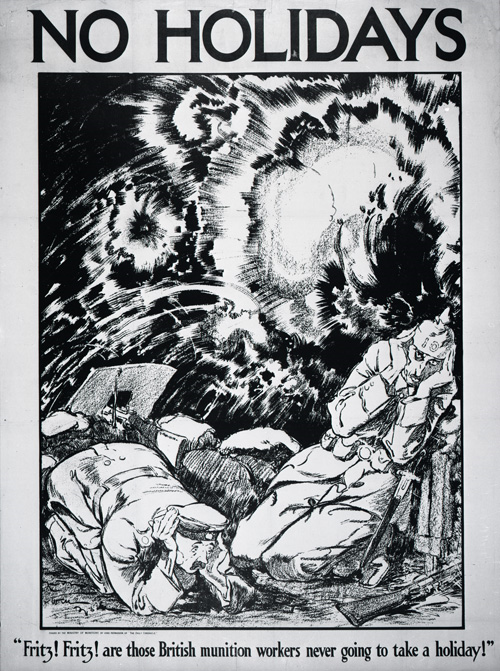
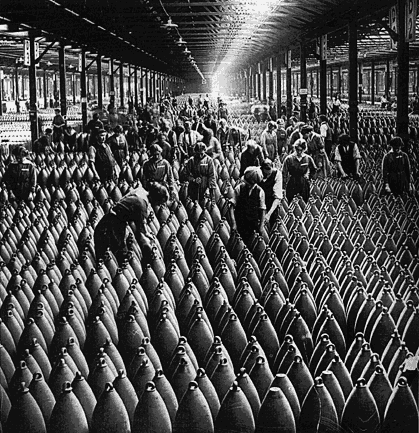
During the First World War, women played an active and crucial role in Britain’s war effort.
The women employed in munitions factories, known as munitionettes became the most visible face of women workers during World War One.
The immediate result of the wars outbreak was the rise in female unemployment, especially amongst domestic servants. This was in part due to the middle-classes wishing to economise as a result of war.
It became clear in late 1914 that the only way to replace the volunteers who had enlisted was to employ women in the crucial jobs they had left behind.
In 1915, the British Government passed the Munitions of War Act, which brought private companies supplying the Armed Forces under the Ministry of Munitions. The Act combined with the Ministry regulated wages, hours and employment conditions. It was a penal offence for a worker to leave his or her job at a ‘Controlled Establishment’ without the consent of their employer. This was in most cases, extremely difficult to obtain. In response to the Governments ‘control’, the Clyde Workers’ Committee was established to oppose the act.
The attractions for the women were higher wages, better conditions and greater independence. It is apparent that very few women would return to the poor wages and conditions of domestic service. The fact that this ‘home front’ employment was just as dangerous as the Front Line provided a bond with the men serving at the front.
The Government combined a welfare policy offering subsidies to families with husbands at the Front with increasing female work in order to conscript skilled workers.
Following the introduction of conscription in March 1916, the Government encouraged women to take the place of male employees who had been consumed by the Army. Whereas in 1914, 212,000 women worked in ‘war work’, by 1918 the total was over one million.
Despite the sufferings and hard times, women excelled. The women often surprised men with their ability to undertake heavy work with more efficiency than with what men had. By 1916, the ‘Canaries’ were a force to be proud of. Despite women being a key factor in Britain’s war effort, their entrance was initially greeted with antagonism as male workers worried that women’s willingness to work for lower wages would put them out of work.
Corporal HV Shawyer recalled some female munitions workers in a Sutton Coldfield pub:
“... I felt damned embarrassed when I walked into a pub ... one girl forestalled me saying, "You keep your money Corporal. This is on us", and with no more ado she … produced a roll of notes big enough to choke a cow. Many of the girls earned ten times my pay as a full Corporal”
The sheer dangerous environment, long hours and risks led to many injuries and deaths. The women gained the term ‘Canary’ as working with ammunition chemicals such as Sulphur and TNT caused the skin to turn yellow. Not only were women’s skin affected, there are reports of women losing their hair, it either falling out or turning green. Munitions workers often complained of chest pains, nausea and skin irritations resulting in workers being given masks. Women also suffered from infertility and serious side effects long after the war ended in 1918. These women not only worked with poisonous substances, but also worked without protective adequate protection and safety measures.
In January 1917, 73 people were killed or seriously injured when an explosion took place in a munitions factory in London which manufactured TNT.
In total 900 homes were destroyed or badly damaged in the explosion. The suspected cause was a fire that ignited 50 tons of TNT!
In another incident, around 37 women and 3 men were killed in an explosion at Barnbow Munitions Factory. The factory on Manston Lane was opened in 1915 and at its height employed 17,000 workers of which 16,000 were women. On December 5th 1916 a huge explosion killed the afore mentioned number of people. The details of the incident were kept secret until after the war.

